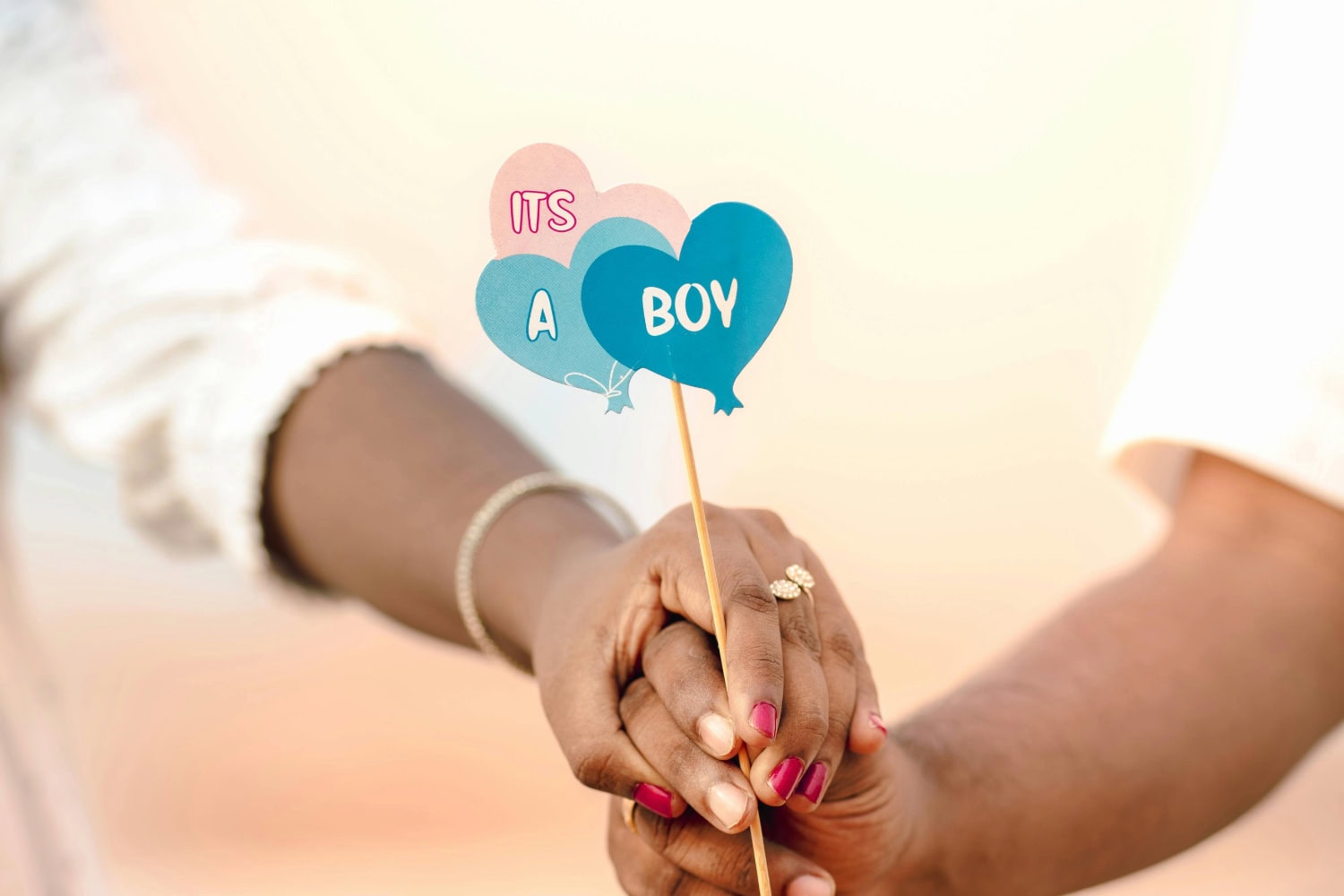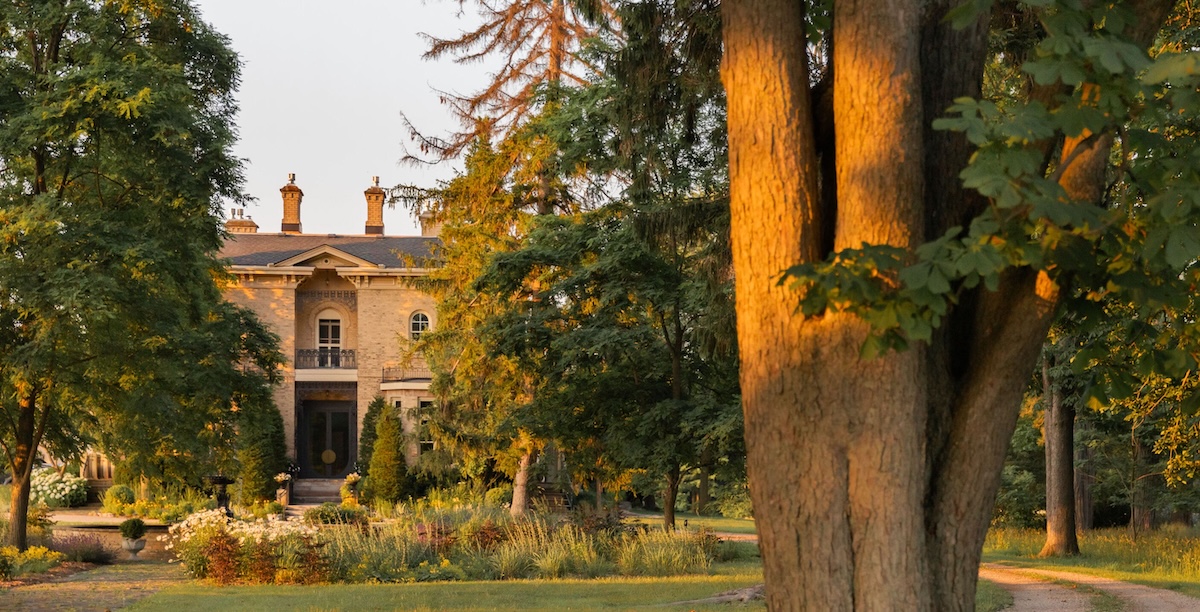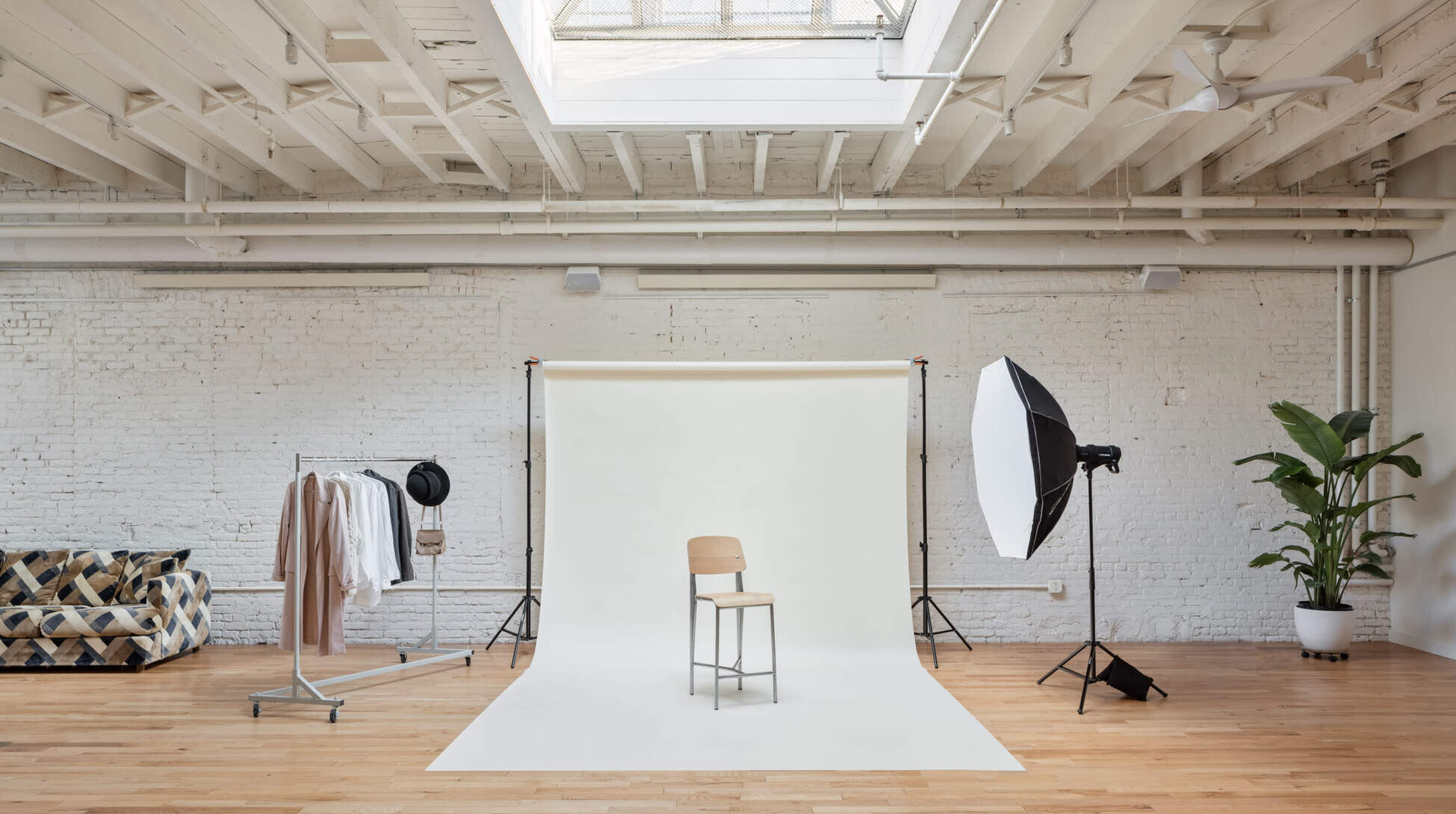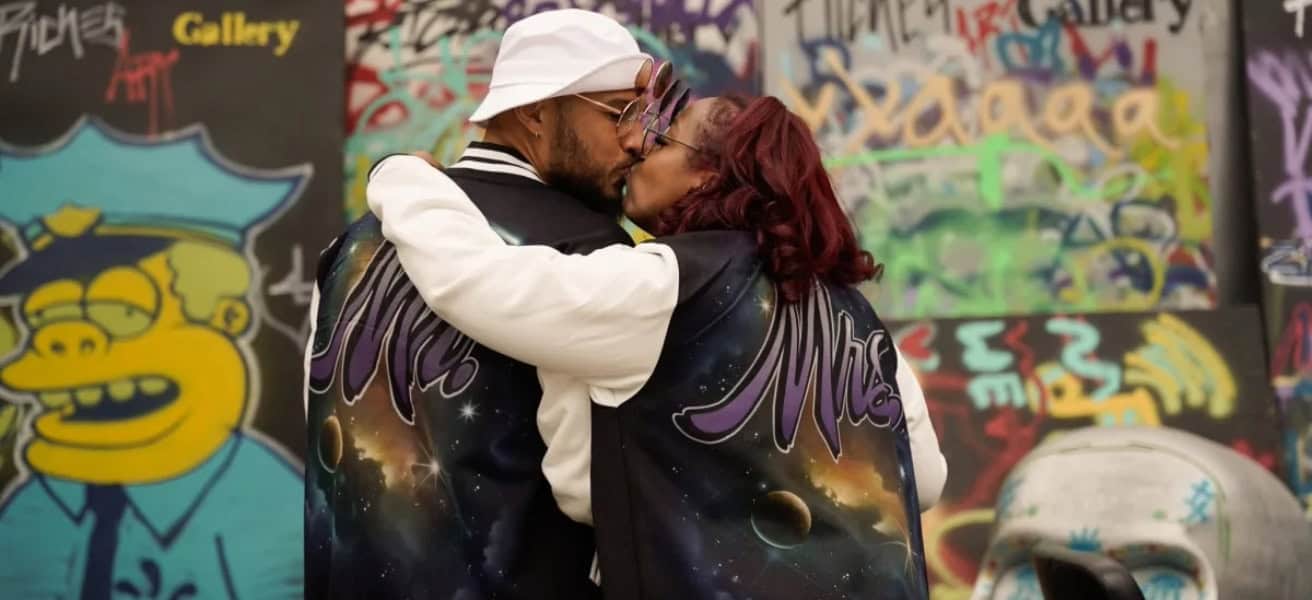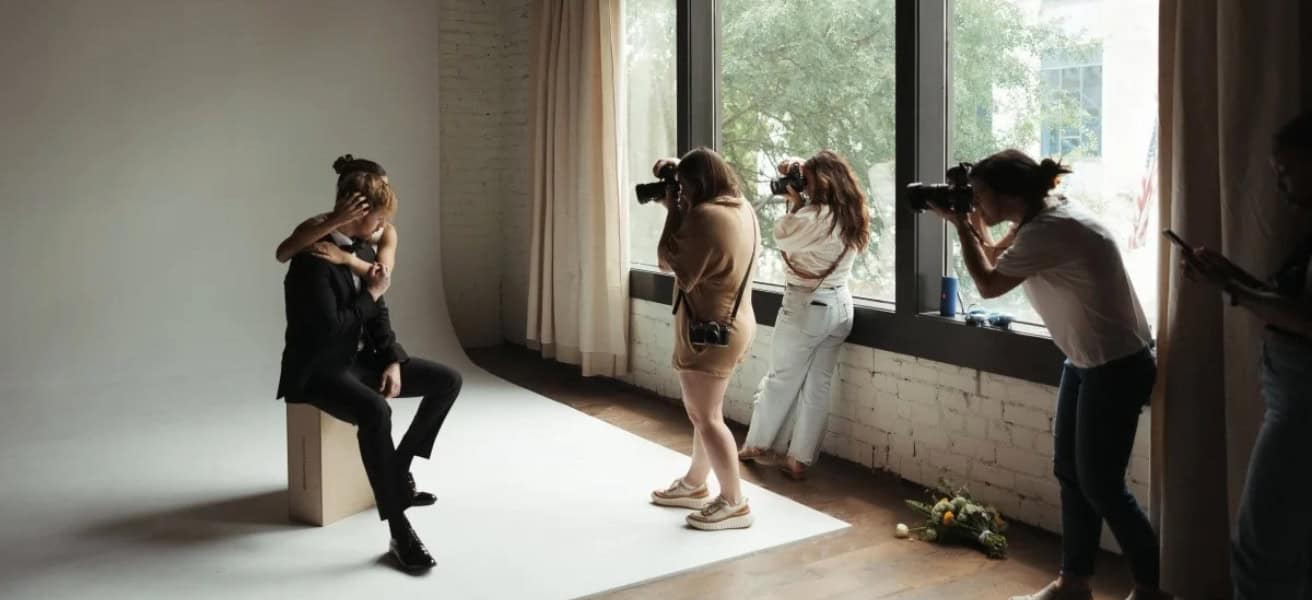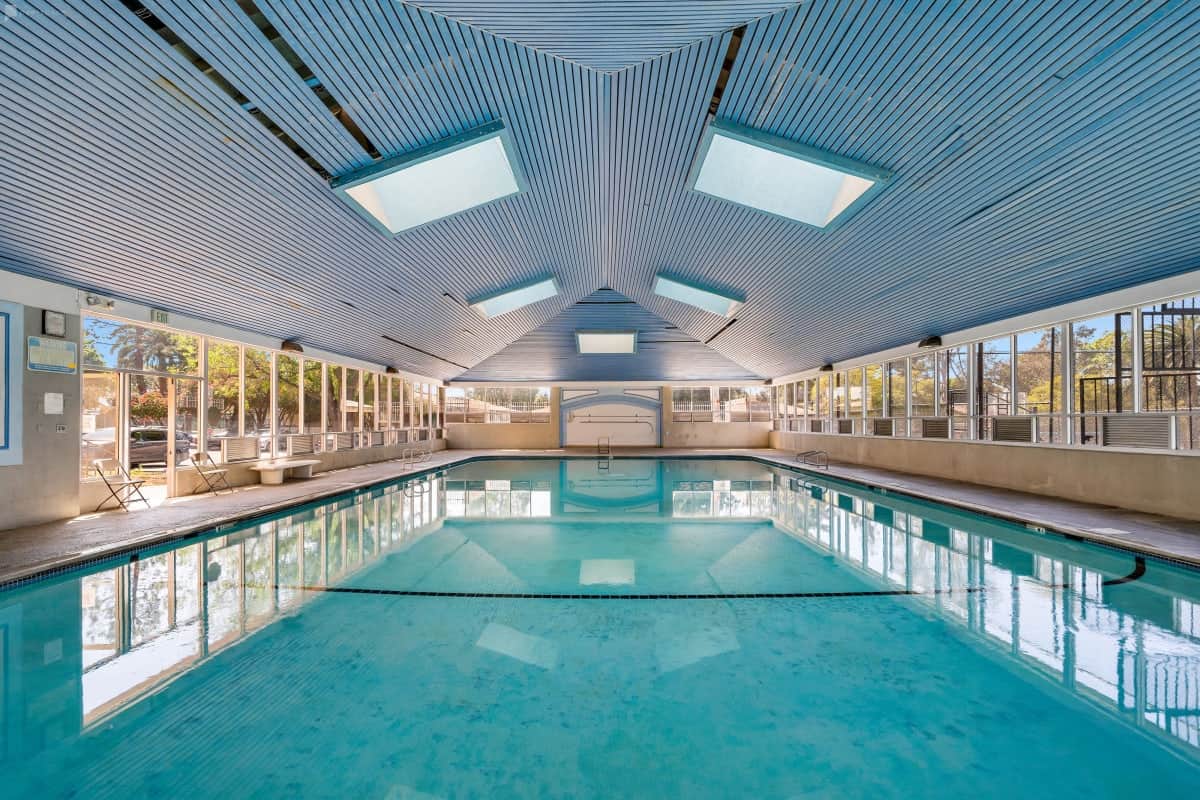
Source: Peerspace
Some of the most powerful photographs in the world are sports portraits. From Roger Bannister breaking the four-minute mile to a victorious Muhammad Ali towering over Sonny Liston, portraits of athletes in action make us feel like we’re right there in the thick of it with them. But the active nature of sports photography is also what makes it so challenging to get right.
Even for experienced photographers, getting the perfect sports portrait can seem like the luck of the draw. With moving targets and changing light conditions, there are a lot of variables to keep in mind when photographing athletes.
Below are some tips to help you find the best equipment, lighting options, and vantage point to create powerful sports portraits of your own, brought to you by Peerspace. As the largest online marketplace for hourly venue rentals, we not only strive to provide you with access to portrait photoshoot locations across the globe. We also share photography resources that make honing your craft and building your brand easy. But now, let’s get to our sport portrait tips.
1. Familiarize yourself with the sport and venue
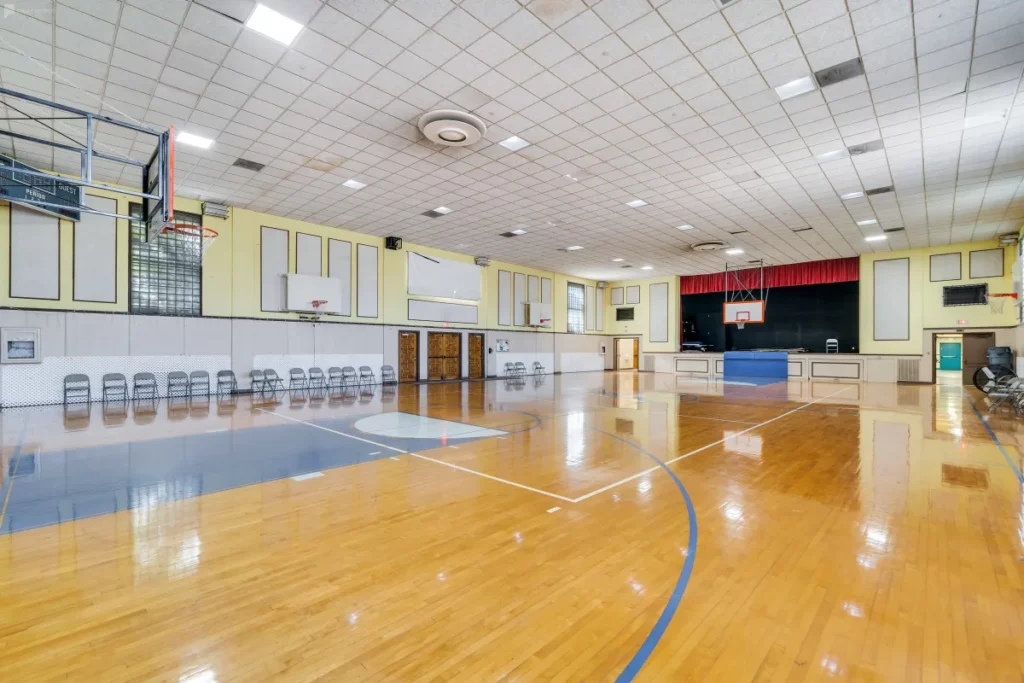
Regardless of which sport you’re photographing, avoid the mistake of trying to capture the whole scene on camera. That’s what the video team is for. Your job is to set your camera up to capture the most impressive moments — even if that means missing other parts of the race or game. For example, capturing the highlights of a marathon may involve photographing the start of the race and them hurrying to the midpoint or the finish line to get more shots. Scope out the route ahead of time, and take note of any landmarks or the most memorable backdrops.
The same thing applies to team sports played in a field or stadium. Learn the pace and rhythms of the sport so you know when to anticipate a slam dunk or home run. Position yourself where the action will be — not necessarily where the action is now. That way, the most epic moments will come to you, and you won’t have to chase your subjects all over the playing field.
2. Re-create the action in a controlled environment
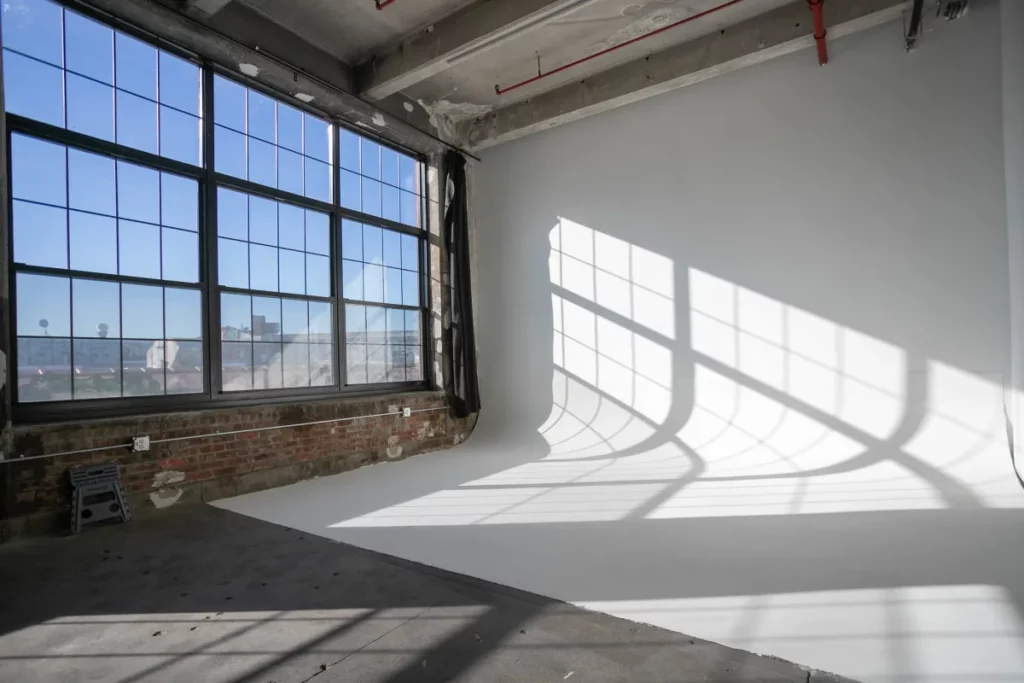
Some of the best sports portraits are staged shots. If you’re tasked with photographing athletes for a calendar or magazine, then take the opportunity to stage a shot that brings their personality to life. Swimmers, skiers, cyclists, and other solo athletes can really shine in studio settings, but it’s also a great option for team photos, too. Use the right props and poses to create a sense of action that’s as compelling as any photos you might take on the field or race track.
If you’re shooting in a studio, be sure to rent a space with a green screen or white cyclorama so you can create an infinite background effect. Many of the locations available on Peerspace have lighting gear and backdrops available on-site, or you can reach out to the venue’s local host for additional equipment rentals.
Experiment with action shots, such as leaps or throws, to catch your athlete in motion. Consider staging the shoot in a swimming pool, gym, or outdoor setting to give your subject the most opportunity for movement.
Here are a few indoor and outdoor rentable locations to get you started:
- This bright indoor sports court in Bellevue, WA, a basketball court with spectator seating, basketballs, and volleyball nets
- This 10,000-square-foot backyard in Thousand Oaks, CA with a swimming pool and a sports court for basketball, tennis, and volleyball
- This huge freestanding basketball facility in Brooklyn, NY with two basketball nets, high ceilings, and classic court lighting and flooring
- This industrial gym and basketball court in Decatur, GA with 10,000 square feet of space, including a turf field, a basketball court, and a weight training room
3. Choose the most mobile equipment
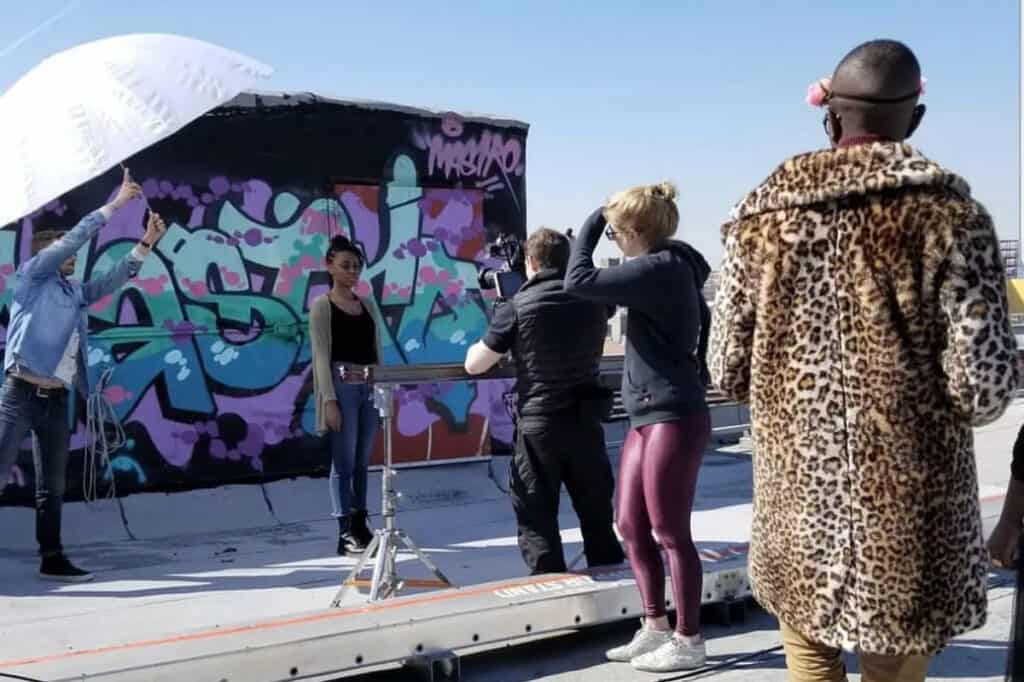
If you’re used to shooting portraits in a studio, then adjusting to outdoor sports photography can be a challenge. You can’t simply pick up your lighting gear and camera mounts and bring them to the stadium with you.
Instead, choose portable alternatives, such as monopods, which aren’t as stable as tripods but are far lighter and easier to carry. Or, try the Platypus Ultra, a flat “tripod” for mirrorless cameras that you can position on uneven surfaces for low-to-the-ground shots.
If you think you might need some exterior lighting options, bring along a few Speedlights to light up your subject on cloudy or overcast days. It’s also a good idea to have portable reflectors and diffusers on hand. Consider bringing a collapsible backdrop with a colored background or green screen; this way, you can easily set up a mobile portrait studio for individual or team shots.
4. Prepare to shoot in low-lighting conditions
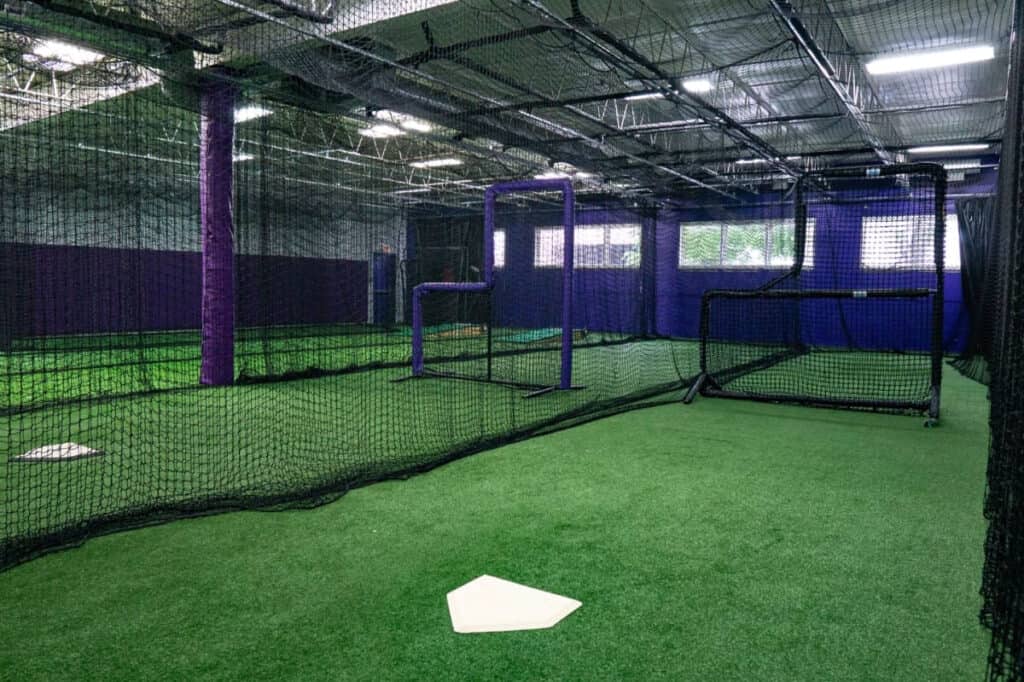
No matter how many portable lights you bring along, there’s simply no way to control the lighting in many sporting environments.
Some sports typically take place at night, such as football and baseball. So when you’re shooting these, prepare to shoot in lower lighting conditions and with different color temperatures than you usually do. Stadium lights typically have a color temperature of around 4000-5000K, but many stadiums are switching to LED lights with more variable color temperatures.
To get the best action shots in low-lighting conditions, plan to shoot with:
- A lens of 200mm or more
- A shutter speed of 1/500th of a second or more
- An ISO of 1000 or more
A 200mm lens will allow you to get close in on the action, while a fast shutter speed will help you capture freeze frames of your subject in motion. Using the right camera settings is key to getting sports portraits that feel immersive, even when you’re standing on the sidelines.
5. Use burst mode (but don’t rely on it)
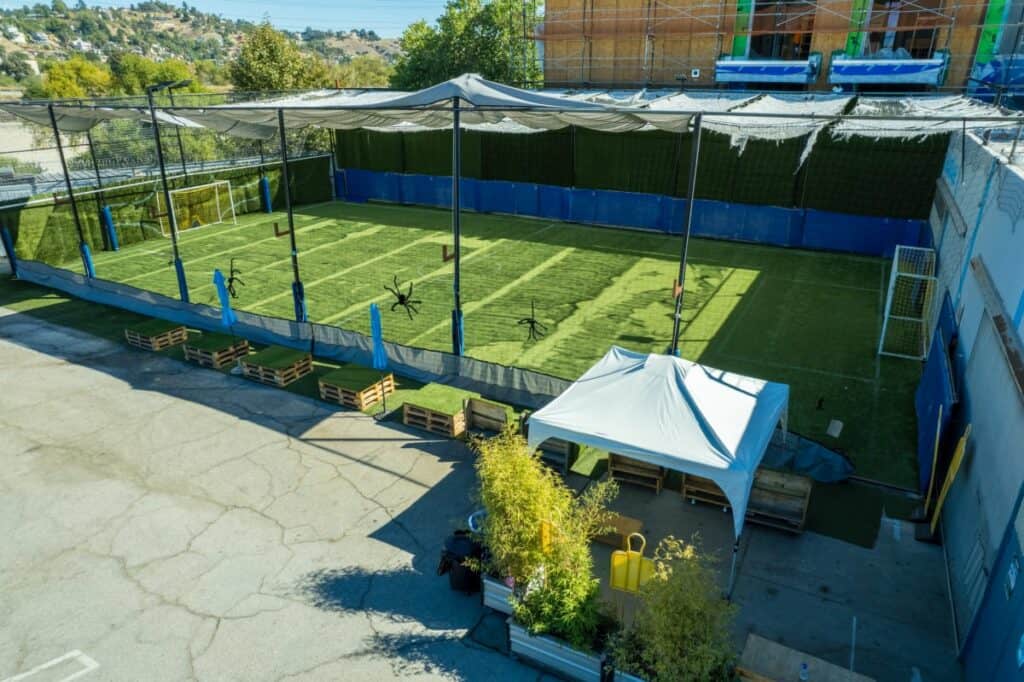
For sports with a lot of action, burst mode can make all the difference between getting the right shot and missing it altogether. Set your camera to burst mode or continuous photo mode to take multiple shots in quick succession. This way, you’re more likely to get split-second shots of the ball in the air or capture the expression on a player’s face when they score a goal.
At the same time, don’t become over-dependent on your camera. Paying so much attention to the screen that it distracts you from the action is what sports photographers call “chimping.” Learn to trust your instincts on when to press the shutter and, if you miss a shot, move on. Going back to look at previous shots will only distract you from the game.
Sports portraits: conclusion
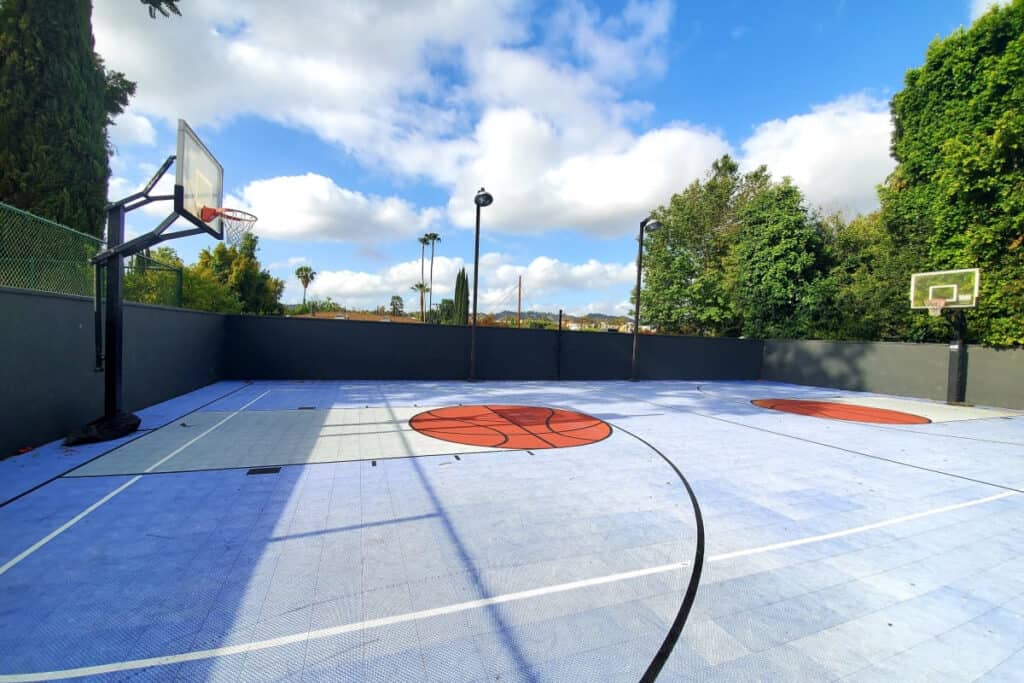
Taking sports portraits is like wildlife photography: you can anticipate what will happen, but you can’t control or predict it. The best sports photographers are focused, patient observers who know the game well and can change course at a moment’s notice. Getting it right requires a whole different skill set than studio photography.
But that doesn’t mean you can practice more in controllable settings that help you anticipate future courtside action. Do so by booking a Peerspace near you. With thousands of creative venues in cities across the globe, you can book a sports court, a portrait studio, and everything in between. The more you learn about your subjects and your environment, the more authentic your photographs will be.
Find unique photoshoot locations on Peerspace
Get together somewhere better
Book thousands of unique spaces directly from local hosts.
Explore SpacesShare your space and start earning
Join thousands of hosts renting their space for meetings, events, and photo shoots.
List Your Space

